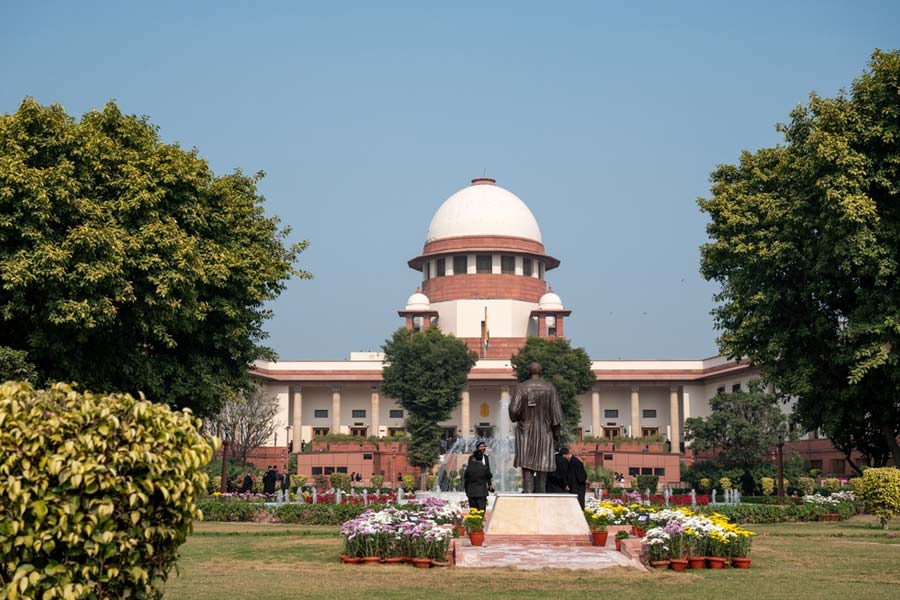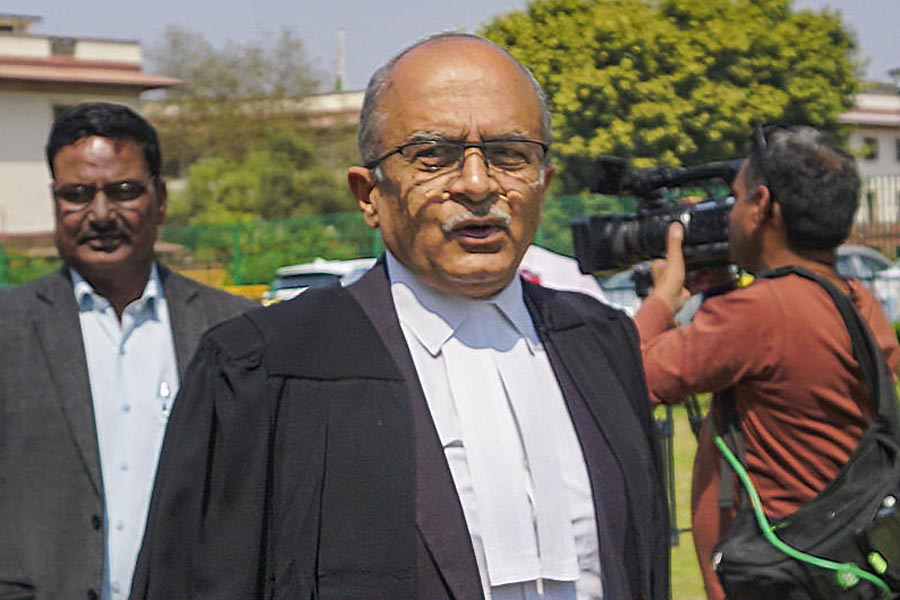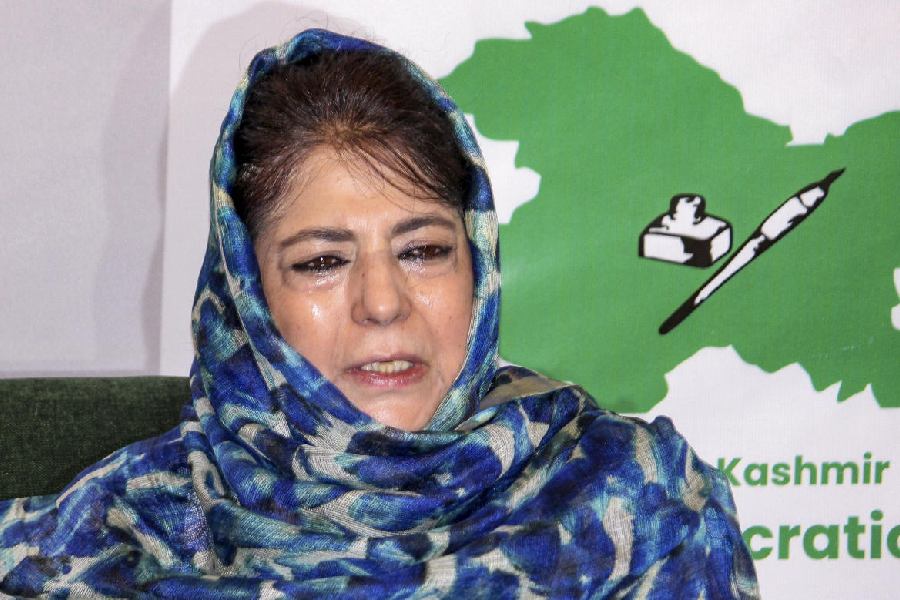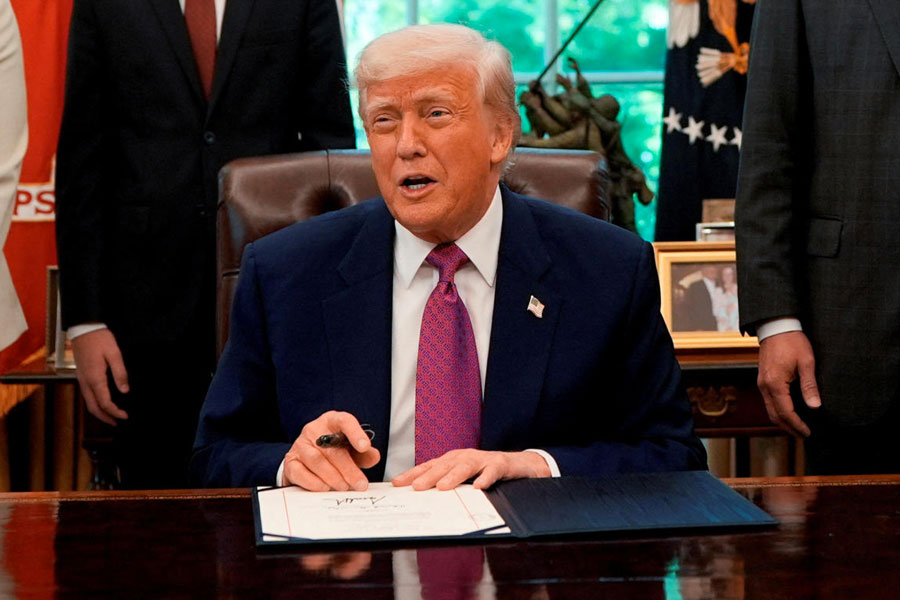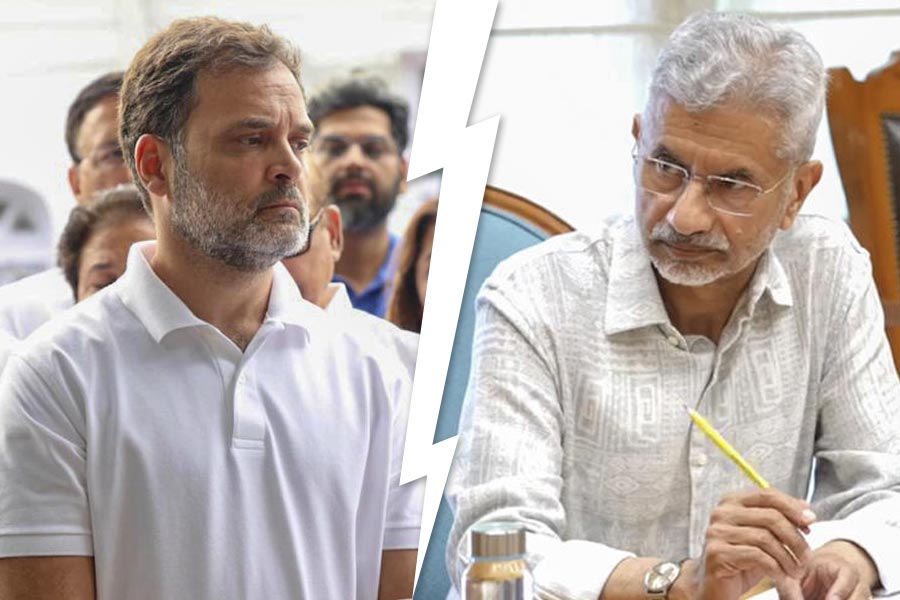 |
Dolmens, menhirs, stone circle or the Stonehenge ? the words throw up imageries of Druids, pagan rituals, starry calculations and ancient cultures associated with the western European world.
Menhirs or stone circles call them by whatever name, all fall under the category of megaliths ? large stone/s used to construct structures or monuments that date back to the Neolithic (late Stone Age) or Chalcolithic periods.
It may all sound very European but surprisingly megaliths are also a reality in Jharkhand.
In fact, some 22 kilometres away from Hazaribagh town there is Pankri in Barwadih ? a sleepy area dominated by a largely tribal population ? that has been receiving quite a bit of attention from all quarters due to the presence of these ancient stones.
Environmentalist and conservationist Bullu Imam may be credited with the discovery of this site, however, megalith explorer and expert Subhashish Das made it popular among megalith-enthusiasts, when he led a team on September 23, 2005, to monitor the equinox sunrise from the place.
At present Das is on another mission, this time trying to ?save? the site from captive mining.
It seems that the National Thermal Power Corporation or the NTPC?s captive mining project in that area not only poses a serious threat to the 20,423 hectares of land and 37 villages in the area, but also to this thousand-year-old megalith site.
The megalith site in Pankri, which attracted internationally acclaimed archaeologist Robert Anthony Crerra, besides various other researchers and students from different universities, rests on a veritable storehouse of coal.
A fight is now on between the question of prosperity and unemployment versus the loss of heritage and history over the megalith and coal deposits.
Das, who is has been a continuous visitor to this site for the past six years believes, ?After going through books on megaliths, I was surprised to learn that these sites are similar to the ones found in western Europe.?
He adds, ?I plan to include all my research in a book on which I am currently working on.?
Initially CMPDI had started drilling for coal around Pankri, Barwadih, in around 2003. It was primarily then that people learnt about the abundance of coal there. And Das?s fight to save the sites started from then on.
He had, at that time, written to the managing director of the CMPDI explaining to him the importance of such a site.
In reply to his requests the director had assured Das that the megaliths would not be touched under no circumstances.
But early this year, NTPC officials landed in Pankri, Barwadih, and started working on a coal-mining project leading Das to voice his dissent yet again.
Historical and heritage site notwithstanding, the presence of coal in the area raises the question of prioritising on the issue ? employment, revenue or history?
NTPC officials stress that it is too early to assess the situation or the damages now.
While talking to The Telegraph the NTPC general manager, R.B. Pathak, stressed that there was no apparent threat to the megaliths, if they are indeed a heritage site.
He adds that his company would abide by the rules prescribed for preserving the structures of historical and archeological importance in the country.
And finally, he believes that it?s too early to cry foul over the issue.
?The mining work near the megaliths would be taken up only in the last leg of the project. We are a central public sector undertaking and therefore we cannot afford to take the law into our hands. We would be abiding by the government?s directives on the issue,? he added.
At present the NTPC is busy chalking out a plan to rehabilitate the 37 villages and residents, who will be displaced by the mining project before everything else.
?The project will take some time as it is in its initial stages. For now, we are chalking out a rehabilitation blueprint for the villagers, who will be displaced by the project. If and when the plans are approved then the actual mining would begin. After which, only in the last leg, will we reach an area that?s somewhat close to the site,? said Pathak.
Official sources also add that it may take as long as 10 years when the project finally reaches the megaliths based around Pankri and Satphari.
And if, in the mean time, the government gives the directive there could be a change in the mining plans.
Incidentally, the megaliths have not been given any priority by the Archeological Survey of India or by the state government.
But, Das, who seems to be the sole fighter for the cause, argues that the government should ?sacrifice? the coal underneath the megalith for preserving the cultural heritage of the country.
So far, Union coal minister Shibu Soren has remained tight-lipped over the issue.
He, however, has said that they would go to any extent to safeguard the interest of the tribals, who would be displaced by the project and that positive steps would be taken when the matter comes up for discussions.
There are two major facets to the problem.
Primarily many officials believe that such a large project of the NTPC will probably change the fate of the country, thus the structures shouldn?t be made an issue.
And they add that if need be then the megaliths may be shifted to another location with the help from the experts.
But Das?s argument is that such a displacement would throw the astro-calculations haywire.
In Pankri during the autumn equinox the sun rises from the middle of the V-shaped rocks, or menhirs, or the megaliths, at an almost perpendicular angle. Shifting the rocks would mean that such a sight may be lost forever.
He stresses that the damage to this site would be a huge setback for scholars and tourists, who come here for research. And he believes the place can be declared a ?world heritage site?.
Of late the state tourism department, too, has been struggling hard to lure tourists to the historical place, which they label as a delight for anthropologists, astro-physicists, historians and nature lovers.
In recent times a sizable amount of tourists have visited the place, too.


